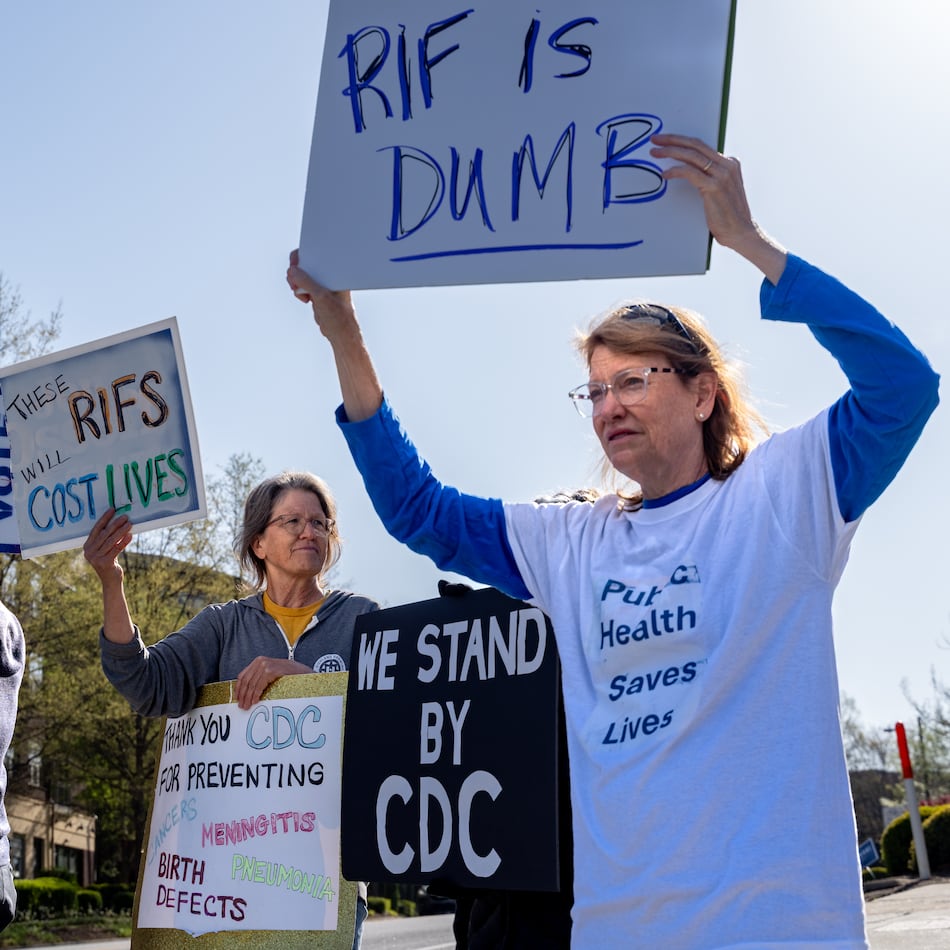More cities are requiring people to wear face masks in public. The Centers for Disease Control and Prevention has offered some guidance about cloth face coverings and face masks, but people should continue to practice social distancing, staying at least 6 feet away from other people.
Response to shortage
But in the wake of the shortage of N95 masks and recommendations by experts that only health care professionals use them, many people are taking a do-it-yourself approach. Surgical masks are also being used by many people in the general public.
"If worn properly, a surgical mask is meant to help block large-particle droplets, splashes, sprays, or splatter that may contain germs (viruses and bacteria), keeping it from reaching your mouth and nose," according to the FDA website. "Surgical masks may also help reduce exposure of your saliva and respiratory secretions to others."
But such masks do not protect against germs, contaminants and tiny particles in the air from coughs, sneezes, or certain medical procedures because of their loose fit. The should also be disposed of frequently and not reused, according to the CDC.
What to look for
The CDC says DIY face coverings can be made from household items or at home from common materials.
There are several more differences between a surgical mask, often referred to as a face mask, and an N95 respirator. Among them, according to the CDC, are the intended use and purpose. A full breakdown from the CDC is below:
DIY tutorials
Below is a DIY tutorial listed by the Minnesota Department of Heath on how to make your own mask.
CDC also provided multiple ways to make your own mask with the following video by Surgeon General Dr. Jerome Adams:
About the Author
The Latest
Featured


